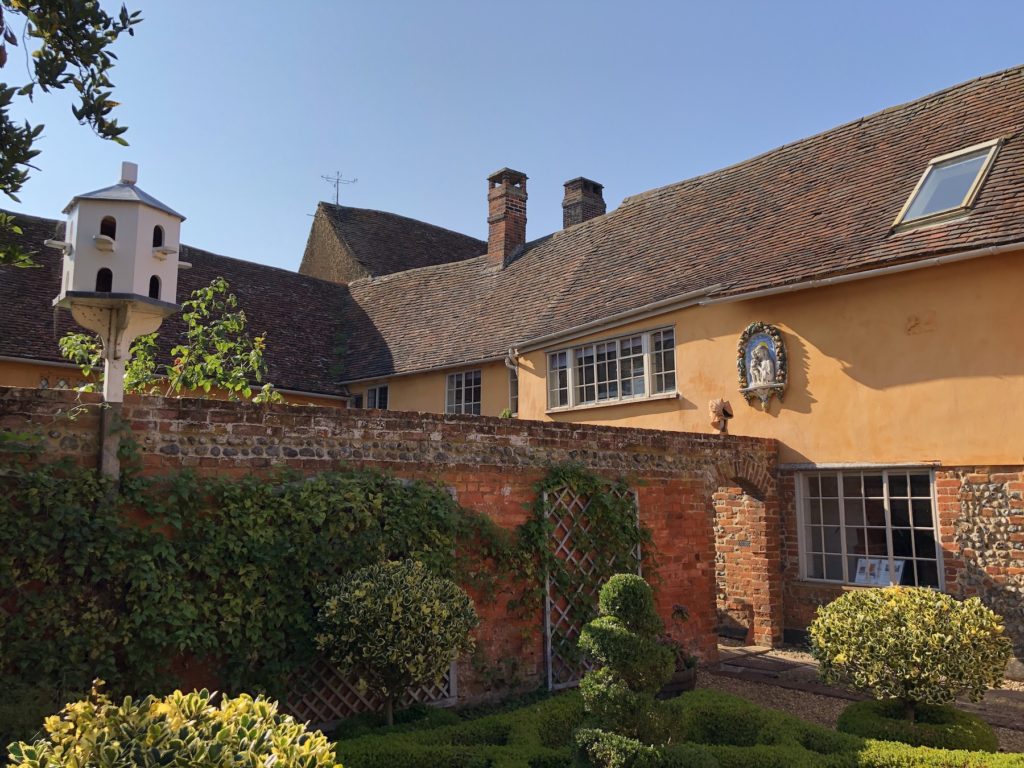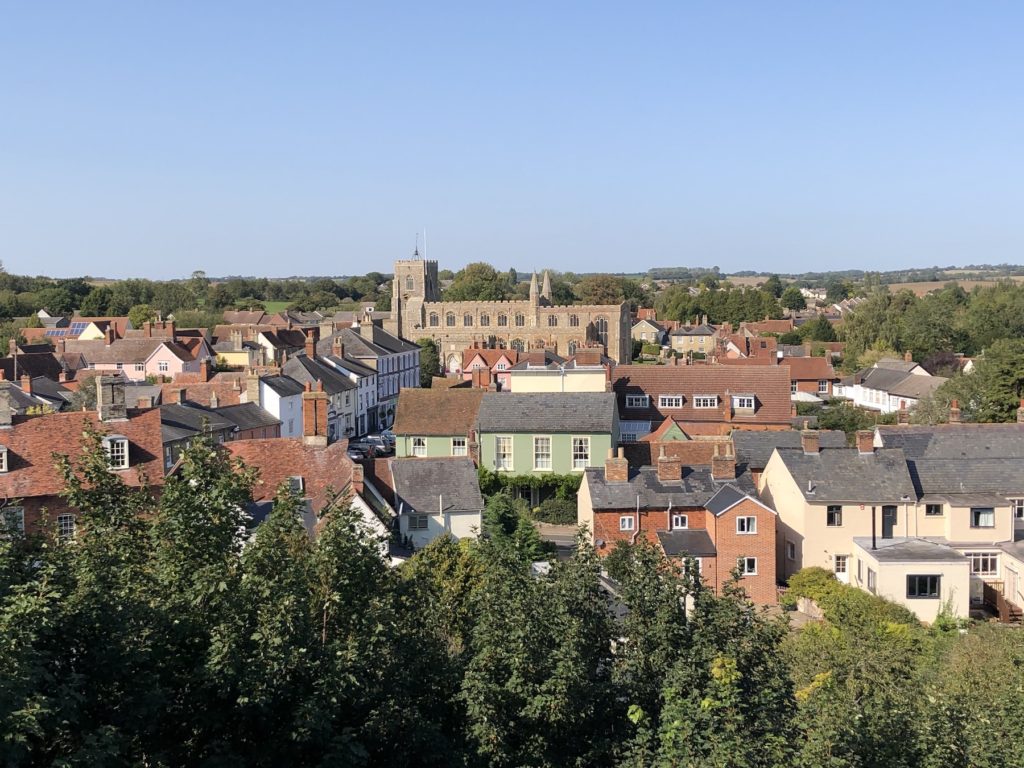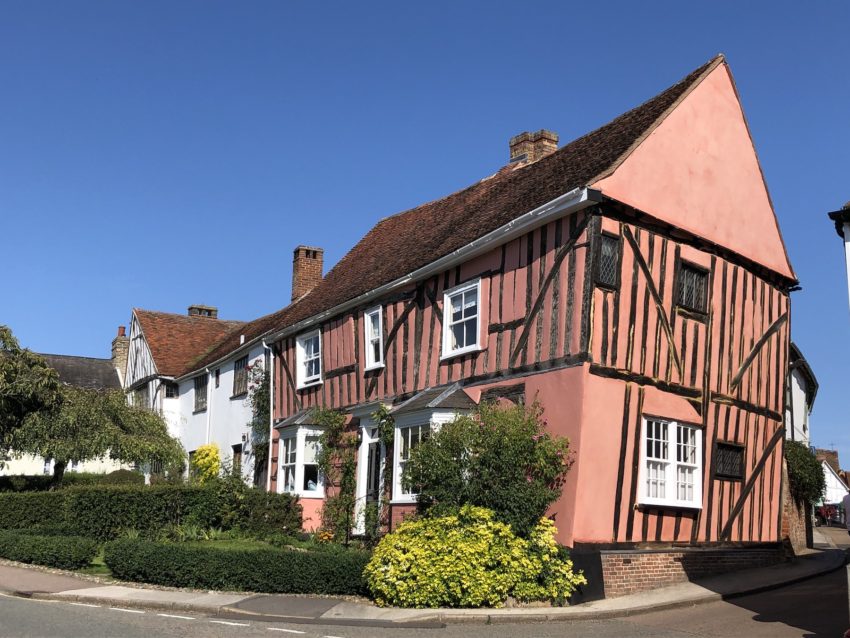Many of our most historic towns survived intact not because of the efforts of worthy and wealthy citizens, but because their inhabitants were so poor.
The argument goes that without the money to improve their properties or to demolish and rebuild in the latest styles, residents effectively left their towns in a kind of architectural limbo. In recent decades the defenders of our built heritage were able to save at least some of these towns from developers and planners, their blocks and motorways. Such is the case with the so-called wool towns and villages of Suffolk, places like Lavenham and Long Melford.

These villages, where we spent a few days on our 2020 staycation in East Anglia, prospered in the 15th and 16th centuries from the domestic and international trade in broadcloth, and attracted many wealthy merchants and nobles in the process. They competed to build ever grander buildings, including parish churches, and many of these survive to this day. Lavenham in particular has street after street of picturesque half-timbered medieval buildings, some built to service the wool trade but others to house local worthies and traders. Among them is the Little Hall, now a museum but sadly closed to visitors because of the Covid-19 restrictions in place during our trip. We did, though, enjoy a quick tour round its pretty gardens before wandering the village’s achingly pretty streets.

We walked to Lavenham across the fields and along an old railway line from Long Melford, where we were staying in a tiny, historic cottage. Lavenham is compact and easy to navigate, but Melford lives up to its ‘Long’ moniker in being a straggly affair on a busy road. It has a broad village green, some handsome cottages and a couple of stately homes, as well as a few disappointing pubs, but it’s not a patch on its neighbour when it comes to charm.

The nearby village of Clare is another of the wool towns, again on a busy road, but with a 12th century castle to boast about. Or rather a small bit of wall on a man-made hill that requires a lot of imagination to picture. Up top it gives great views of the village and the countryside beyond while at its foot lie the remains of an old railway line and station and the tranquil River Stour. We went for a walk, which took in the banks, and admired Clare’s beautiful buildings and expansive gardens.

There’s a much more impressive castle at Framlingham, which we stopped at on the way to the Suffolk coast. The subject of local boy Ed Sheeran’s hit Castle on the Hill, its outer walls are relatively intact but the interior is mostly a blank space. Even so, it’s photogenic and the information boards and audio guide tell the story of its builders and various residents well. A motte and bailey castle was built on the site in the 12th century but this was later demolished and a new and more technologically advanced structure replaced it, the work of a powerful local noble. The walk around the ramparts offered up excellent views of the town and county beyond and the sun beat down on us throughout our visit. The only bore was the queueing, which had become a tedious feature of our break (and life in general) as a result of the social distancing rules in place. And they would continue throughout our holiday.

